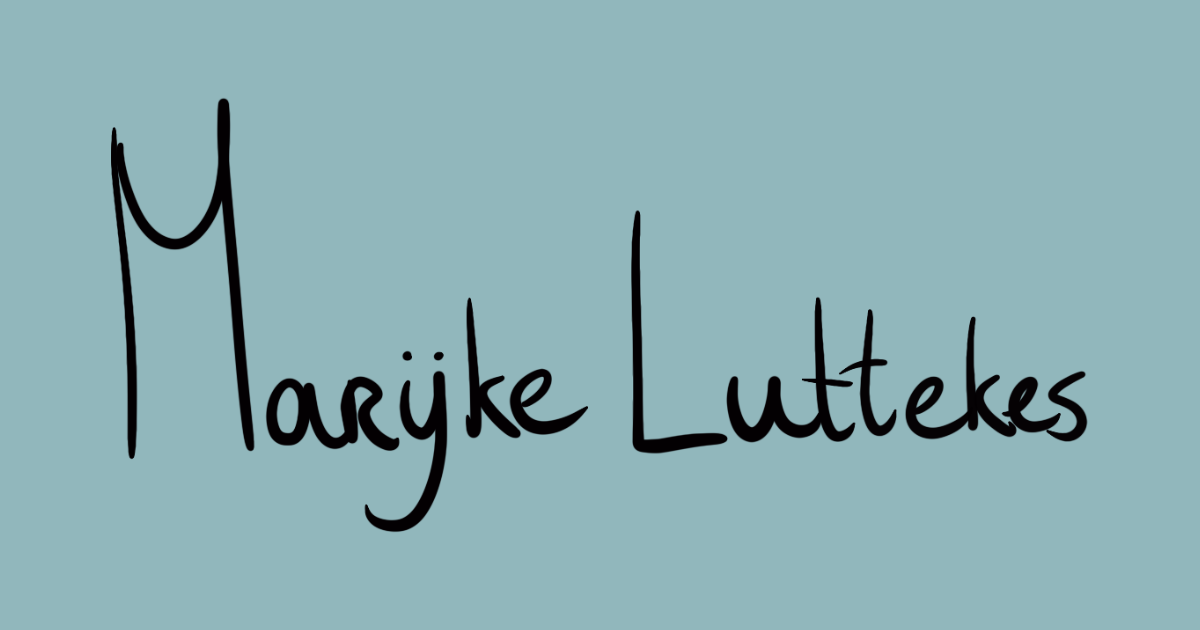Aight, I decided to forego licensing and finally made the source of my personal and professional websites available for viewing.
-
Marijke Luttekesreplied to Marijke Luttekes last edited byThis post is deleted!
-
Marijke Luttekesreplied to Marijke Luttekes last edited by [email protected]
-
@mahryekuh rebel.
-
@mahryekuh
 you do what?
you do what? -
@oliverandrich Tabs are better for accessibility reasons, so I use them in my personal projects.
I have a ToDo in my blog backlog to write about it more.
-
Sander van Kasteelreplied to Jeff Triplett last edited by
Rebel with a cause ?

@[email protected] @[email protected] -
@mahryekuh this is an interesting point. I am keen to read this article as soon as you will publish it.
-
@oliverandrich The TL;DR is:
People have different reading needs and preferences; some want or need small indents, others large. Tab widths are configurable, allowing the users more flexibility.
It relates somewhat to the principles described in this article:

Remove hard line breaks from READMEs / Marijke Luttekes
Hard line breaks in READMEs are common but not ideal. Let's try soft line breaks instead!

(marijkeluttekes.dev)
-
@mahryekuh a nice article. Thanks for sharing. And I totally agree with you concerning the hard wraps. Where I disagree is the line length for documentation. I did a research project during my computational linguistics studies and text comprehension and reading quality was rated highest by our test candidates with a line length of 64-66. 66 is also the typographical optimum, but this is based on a aesthetic scale.
-
@mahryekuh The point of the dynamic width is a good one. It would allow me to switch this during the day. In the morning I normally prefer a big indention, while in the afternoon tighter indention makes more sense to me.
-
Marijke Luttekesreplied to Oliver Andrich last edited by [email protected]
@oliverandrich Well, I have written about line lengths before, and there are different opinions about them.
(I have a friend who prefers much longer line lengths than I do, whereas I am closer to your 66)
But that's precisely what this case solves: the reader can decide for themselves.
-
@oliverandrich Absolutely!
I have my local settings so that tab indents display as four spaces wide most of the time, but as two spaces wide for HTML.
That is because HTML often has more code nesting than back-end code, and I hate having to read all the way to the right.
-
Marijke Luttekesreplied to Sander van Kasteel last edited by
-
Sander van Kasteelreplied to Marijke Luttekes last edited by
More like, born to be nuisance



@[email protected] @[email protected] -
Marijke Luttekesreplied to Sander van Kasteel last edited by
-
@mahryekuh
@me jullie zijn grappig 🥰 -
Tamsyn Ulthara 🏳️⚧️⛧🎃🐈⬛replied to Marijke Luttekes last edited by
@mahryekuh Hah! Yeah, you'll have stung a nerve there.

I'm far less religious about spaces-versus-tabs than I used to be overall, but if you're ever collaborating with other Python devs, they're going to *demand* 4-space indents. It's just the standard at this point, a sort of "we all need to drive on the same side of the road" thing.
-
Dankjewel, beer


-
Marijke Luttekesreplied to Tamsyn Ulthara 🏳️⚧️⛧🎃🐈⬛ last edited by
@TamsynUlthara Oh, I use pep8 formatters, it’s only my own two websites that have tabs.
This is not a battle I will fight right now, but I am slowly spreading awareness (and there is still that article on the backlog)
-
@mahryekuh I am so happy I'm not the only person in town holding that ~~opinion~~ fact as opinion. In work code I choose not to bother and let colleagues have their joy in silly things like spaces for indentation. In all situations: CI-enforced code formatters, with any ambiguities resolved by nerf battle.
When need arises, update formatter config and re-format ALL THE THINGS (and put the commit ID in
blame.ignoreRevsFile)


